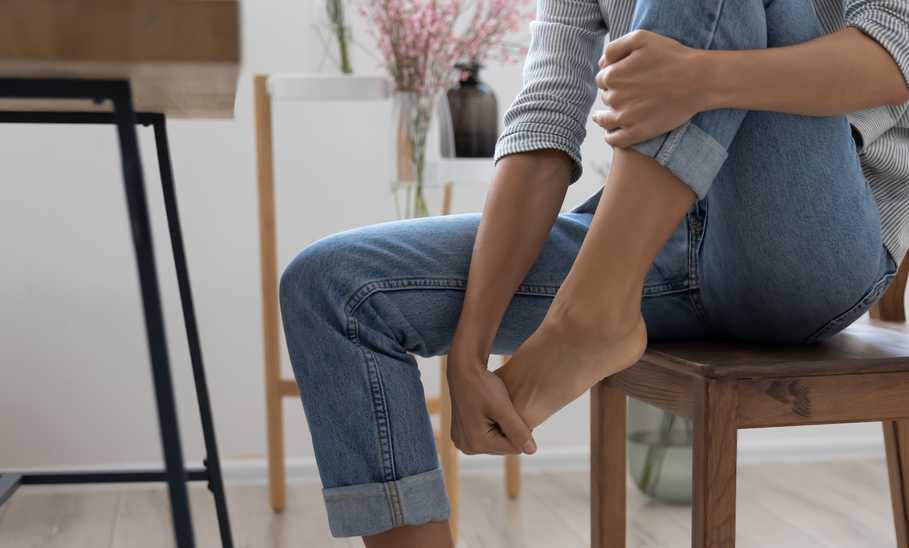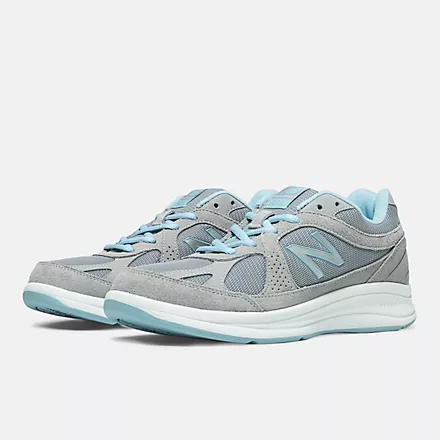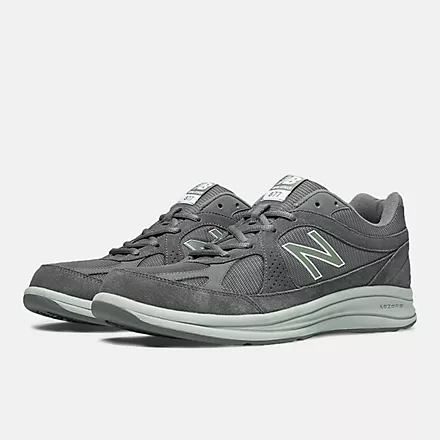How to Stop Foot Pain From Standing All Day, According to Podiatrists


Our evaluations and opinions are not influenced by our advertising relationships, but we may earn a commission from our partners’ links. This content is created by TIME Stamped, under TIME’s direction and produced in accordance with TIME’s editorial guidelines and overseen by TIME’s editorial staff. Learn more about it.
If you’ve landed on this page, you might be experiencing foot pain from standing all day, or think you have the potential to soon with a new job or regular activity that requires prolonged standing. Luckily for you, you’re in the right place! We’ve tapped Suzanne C. Fuchs, a board-certified podiatrist at LuxePodiatry in Jupiter, Florida, Mireille Blanchette, New Jersey-based triple board-certified podiatrist and owner of Comprehensive Foot and Ankle Care, and Stephen Bui, DPM, FACAS, a Pennsylvania-based podiatrist with board-certifications in sports medicine and podiatric surgery to learn more about what causes foot pain from standing all day and what you can do to stop it.
Before explaining how to stop foot pain from standing all day, it’s important to learn why feet hurt from standing and the factors that may cause feet to hurt from standing.
In many cases, feet hurt from standing due to the strain and tension placed on them. “A lot of strain is placed on the feet when we are standing in one position as the pressure is present at the same spots for a longer time,” says Blanchette. “When we walk, on the other hand, our feet experience some moments of rest as we move forward, and our weight shifts from the heel to the toes,” she says.
Bui notes that the footwear you wear when standing all day and its quality can contribute to the foot pain you may experience when spending hours on your feet “Shoes that have inadequate support or improper fit can cause foot pain and strain,” explains Bui. He adds that shoes with heels or high arches can contribute to poor posture and foot pain.
The types of surfaces (mainly hard ones) you stand on may also influence the extent of foot pain you may experience after standing all day. “Hard surfaces like concrete or tile can increase the pressure on your feet which causes discomfort,” explains Bui.
According to Fuchs, certain foot conditions and injuries can exacerbate or cause foot pain from standing all day. “Overuse injuries, poor foot biomechanics, plantar fasciitis, arthritis, nerve entrapment, or stress fractures are just a few which can cause feet to hurt from standing all day,” says Fuchs.
Having pain in your feet is never a pleasant experience. Read on for some expert tips for relieving foot pain.
If you find yourself standing for prolonged periods on hard surfaces such as concrete, Blanchette recommends buying soft covers (like gel mats or other protective floor covering options) as they can help provide relief when standing in these kinds of areas.
Although this may seem obvious, sitting can help relieve foot pain as you are not applying as much (if any) pressure on your feet. If you stand all day, whether it be for work or participating in other activities, Blanchette recommends taking sitting breaks or asking to be seated on occasion or when needed.
Although home remedies can sometimes work to relieve foot pain (depending on your health and specific condition), your podiatrist will have the best recommendations for mitigating foot pain. “We can evaluate the feet, pose a diagnosis, and recommend some increased support if necessary,” explains Blanchette.
Although foot pain may sometimes be unavoidable, there are things you can do that can help prevent you from experiencing foot pain from standing all day.
Applying pressure and weight to your feet can cause pain if prolonged. That said, shifting your weight can help prevent your feet from experiencing pain. “This can be as easy as swaying from the left to the right regularly,” says Blanchette. “It can also be doing calf raises, walking in place, or other similar activities which help alleviate pressure from some areas.”
Believe it or not, wearing the wrong size shoes or those with an improper fit can contribute to foot pain. “Wearing the correct shoe size with a comfortable fit will allow the best range of motion,” says Bui. “Many people wear the wrong size shoe because they don’t think the foot size changes throughout the day due to swelling, or even within a year—I recommend measuring feet once a year.” Blanchette recommends wearing shoes with arch support or adding custom molded orthotics, as well.
As with any body part, strengthening and conditioning can help prevent them from experiencing pain or injuries in some cases. Bui notes that walking and running can be a beneficial way to do this, if you can.
Although the time frame within which you should see a doctor for foot pain can vary based on a plethora of factors, Blanchette notes that if your pain doesn’t subside within a week, you should seek medical attention “If you experience sharp pain, unrelenting or radiating pain that won’t allow you to perform your daily activities, you should see a doctor,” says Bui. Fuchs adds that you should see a doctor immediately if your feet look visibly impacted or deformed or if you’re unable to walk or extend your full weight onto your feet.
Since there can be many underlying causes of leg pain, which can include shin splints, or poor circulation, it’s difficult to provide a one-size-fits-all remedy. That said, “One of the quickest ways to get rid of leg pain [in some cases] is to elevate your legs and apply the ice pack to the affected area and then move gently to relieve tension,” says Bui. “You can also [depending on the circumstance] apply a topical cream like Tiger Balm or Biofreeze to the area.” With this in mind, you may want to call your podiatrist or doctor about any topical creams or other over-the-counter products you might consider using as a preliminary home remedy.
After receiving approval from your doctor or podiatrist, there are several activities you can do at home to help swollen feet. “To reduce swollen feet, you can try elevating your legs above heart level, applying cold compresses or ice packs wrapped in a towel to the affected area, wearing compression socks or stockings, and avoiding prolonged standing or sitting,” says Fuchs.
Blanchette notes that a lesser-known way to stop heel pain from standing all day is stretching. “Calf muscle stretching can help, as it decreases the pressure at the plantar aspect of the feet,” explains Blanchette. In addition to stretching, Fuchs recommends wearing shoes for standing all day with good arch support and cushioning (such as the Vionic 23Walk Classic Sneaker), adding orthotic inserts to shoes if needed, staying away from high-impact activities, and applying ice to the affected heel after standing for a long time. For more recommendations, see our list of the best shoes for standing all day.


The information presented here is created by TIME Stamped and overseen by TIME editorial staff. To learn more, see our About Us page.



